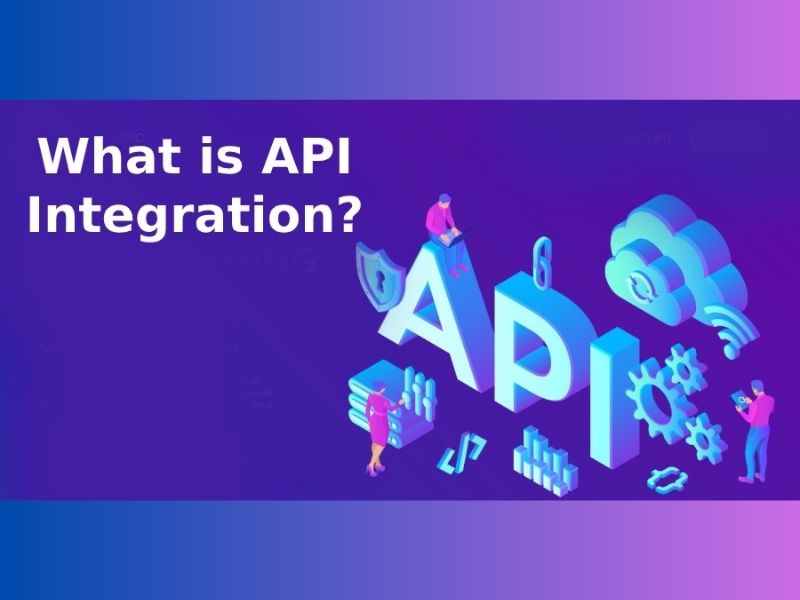In today’s fast-paced world, travel businesses heavily rely on seamless integration with B2B travel APIs to provide their customers with comprehensive and up-to-date travel services.
However, like any technical integration, issues can arise, impacting the efficiency and functionality of the system. In this article, we will explore common problems faced during B2B travel API integration and provide practical troubleshooting tips to resolve them effectively.
Understanding the Common Issues
Incomplete or Inaccurate Data
One of the most common challenges faced during B2B travel API integration is incomplete or inaccurate data.
It can result from inconsistent data mapping, data formatting issues, or outdated API endpoints. As a result, the integration may fail to fetch or display essential travel information, leading to a poor user experience.
Authentication and Authorization
Authentication and authorization issues can arise when the API keys or credentials provided by the travel API provider are incorrect or not properly configured.
This can prevent the integration from accessing the necessary data or performing specific actions, limiting the functionality of the system.
Rate Limiting and Performance
B2B travel APIs often impose rate limits to prevent abuse and ensure fair usage. However, exceeding these limits can lead to performance issues, such as slow response times or rejected requests.
Understanding and managing the rate limits is crucial to maintain a smooth and uninterrupted integration.
Error Handling and Logging
Proper error handling and logging mechanisms are essential for troubleshooting integration issues. If the API integration lacks error handling routines or fails to log errors adequately, it becomes challenging to identify and resolve problems efficiently.
Troubleshooting and Resolving Integration Issues
Review Documentation and Logs
Start by reviewing the API documentation and logs to gain insights into the specific integration requirements and error messages. Pay close attention to any error codes or warnings provided by the API provider, as they can provide valuable clues about the root cause of the problem.
Verify API Credentials
Double-check the API credentials and ensure they are correctly configured in your integration. Incorrect or expired credentials can prevent successful authentication, causing the integration to fail. Contact the API provider if you suspect any issues with your credentials.
Implement Retry Mechanisms
To handle rate-limiting or intermittent API failures, consider implementing retry mechanisms in your integration code.
This allows the system to automatically retry failed requests after a brief delay. However, it is crucial to set appropriate retry limits and back-off strategies to avoid overwhelming the API and potentially exacerbating the issue.
Monitor and Analyze API Usage
Regularly monitor your API usage and analyze any patterns or anomalies. Keep track of API response times, request success rates, and error rates. This helps identify potential performance issues or rate-limiting problems.
Utilize API management tools or monitoring services to gain real-time insights into your integration’s performance.
Test in Sandbox Environment
If available, leverage the sandbox or test environment provided by the API provider to simulate integration scenarios and test various use cases. This allows you to identify and resolve potential issues before deploying the integration in a live environment.
Seek Support from the API Provider
When all troubleshooting steps have been exhausted, and the integration issues persist, it is advisable to seek support from the API provider.
Get in touch with their technical support staff and provide them with as much information as possible about the issue you’re experiencing.
Please provide any relevant logs, error messages, and troubleshooting measures you have taken. Complex integration issues are frequently easier to diagnose and fix with the API provider’s assistance.
Collaborate with Development Team
Get the development team involved in fixing the issue. Finding and fixing integration issues might benefit greatly from their knowledge of programming and system design.
Encourage open communication and collaboration between your team and the API provider to expedite the resolution process.
Stay Up-to-Date with API Changes
B2B travel APIs evolve over time, with updates, bug fixes, and new features being introduced regularly. Stay informed about any changes or updates announced by the API provider.
This includes changes to endpoints, authentication mechanisms, or rate-limiting policies. Keeping your integration up-to-date ensures compatibility and reduces the likelihood of encountering integration issues.
Document and Share Learnings
Throughout the troubleshooting process, document the steps taken, solutions implemented, and lessons learned.
This documentation serves as a valuable resource for future reference and can help streamline the resolution process if similar issues arise in the future. Share these learnings with your team to promote knowledge sharing and improve the overall integration process.
Conclusion
B2B travel API integration plays a crucial role in delivering seamless travel services to customers. While encountering issues during the integration process is not uncommon, with the right troubleshooting approach, these challenges can be overcome.
By understanding common issues, reviewing documentation, validating data, and collaborating with the API provider and development team, you can effectively troubleshoot and resolve integration issues.



